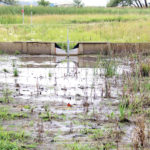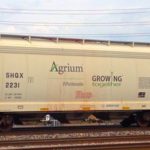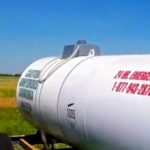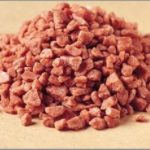Often considered a byproduct of forestry and landscaping, wood chips could also become central to decreasing nitrogen run-off from tile drainage systems. Dipping his hand into a plastic container full of wood chips at the Agriculture and Agri-Food Research Centre in Morden, Steve Sager said that increased use of tile drainage in Manitoba, as well











